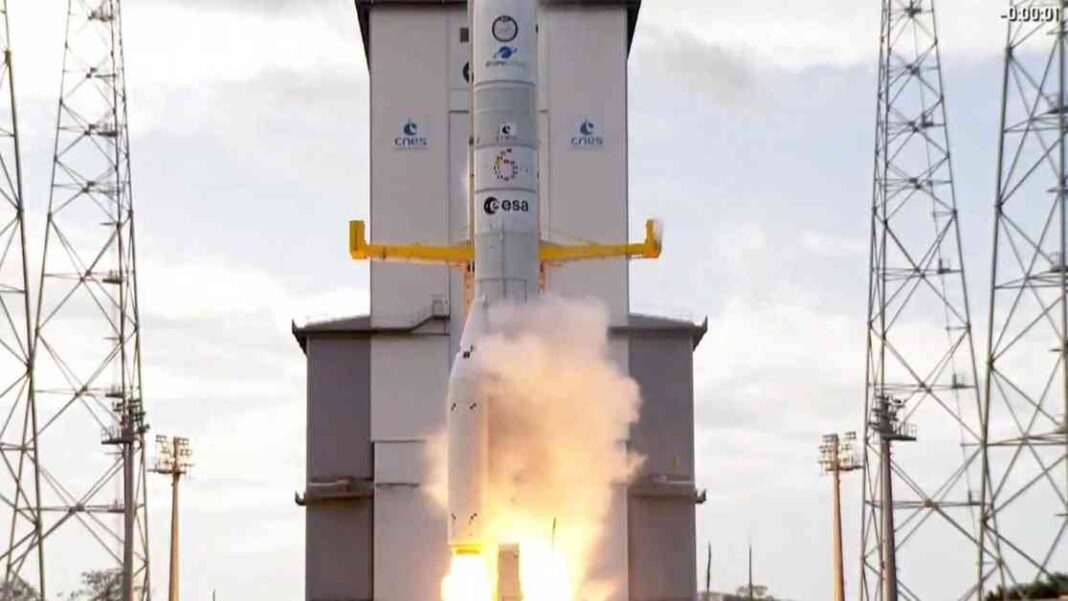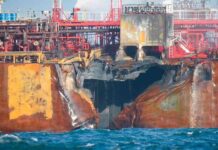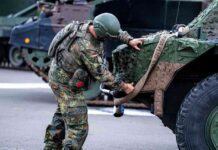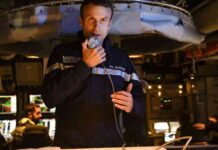The Ariane 6 opens a new chapter in European space travel. But the rocket doesn’t actually launch from Europe? The SWR has researched this and other curious facts on-site.
On Tuesday, July 9, 2024, after more than a year, a carrier rocket of the European Space Agency ESA was launched, which can send its own satellites into space – the Ariane 6.
Somewhat curious, however, is that like almost all European rockets before it, it launches from French territory, but not from the European continent. The home port of the rocket is the Spaceport in Kourou in the overseas department of French Guiana. But there is a specific reason for this.
The Centre Spatial Guyanais, the European Spaceport in Kourou, French Guiana, is approximately the size of Berlin in terms of area. However, unlike the urban jungle in the German capital, the vast area in Kourou is actual jungle. Various facilities such as launch pads, control centers, weather stations, and a souvenir shop can be found amidst this jungle.
In addition, the site mainly consists of savannah and tropical rainforest. The French Guianese rainforest covers about 90 percent of the department, making it larger than Bavaria and the largest contiguous forest area in the European Union.
The Paris Fire Brigade is responsible for the spaceport – but 7,000 kilometers away? In fact, the Paris Fire Brigade is responsible for the spaceport in Kourou. The reason for this is that the fire brigade in France is almost entirely based on a voluntary basis – including in Kourou. Only the fire brigades in Paris and Marseille are professionally organized as part of the armed forces. So, if a professional fire brigade is needed in other parts of France, it is usually from Paris.
Also responsible for security at the Centre Spatial Guyanais are the National Gendarmerie and the Foreign Legion.
The spaceport is operated by the French space agency CNES, but there are always representatives of the other ESA member states present. Different cultures come to Kourou. A peculiarity of the Italian unit is allegedly a certain superstition: they light candles in a nearby church before each launch.
The favorite drink in Kourou is coffee. In the last three years, approximately 600 kilograms of coffee have been consumed at the spaceport. The preparation for the maiden flight of the Ariane 6 was just one of the exhausting tasks. Prior to that, the James Webb Space Telescope and the Juice probe, which explores the ice moons of Jupiter, Ganymede, Callisto, and – in line with the European collaboration at the CSG – Europa, were successfully launched in Kourou.
The Ariane 6 is an expensive rocket. A common criticism is that the Ariane 6 is, for example, compared to the Falcon 9, an expensive rocket. However, this price difference also applies to the smaller models of the rockets. While a Falcon 9 in a 1:100 scale can be purchased online for around $300, a four times smaller Ariane 6 costs a whopping 430 euros in the spaceport’s souvenir shop.
The reason Europe’s spaceport is in French Guiana? It’s due to its proximity to the equator. The further away from the poles, the faster the Earth’s surface moves relative to the Earth’s axis. This speed can be advantageously utilized during a rocket launch, saving fuel.
Additionally, the location is also advantageous for launches into geostationary orbit. Communication satellites are primarily installed there, which, when viewed from Earth, are always in the same position in the sky. The geostationary orbit is directly above the equator, and the further north or south a rocket launches, the more fuel it needs to reach this orbit.
At approximately 570 kilometers from the equator, the spaceport in Kourou is the best launch site for heavy-duty rockets like the Ariane 6 in this regard.















